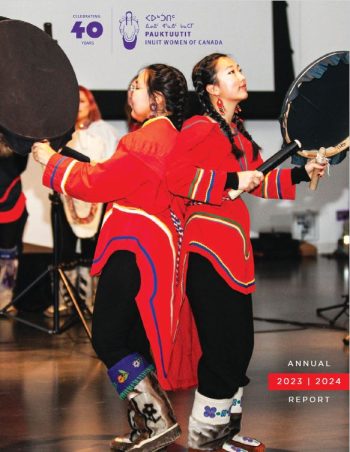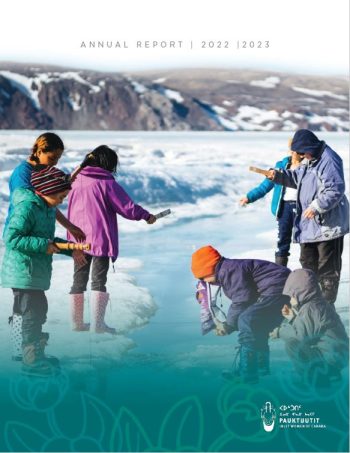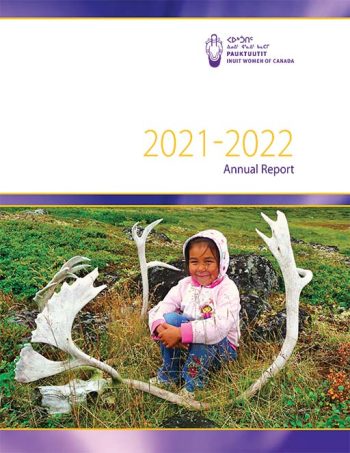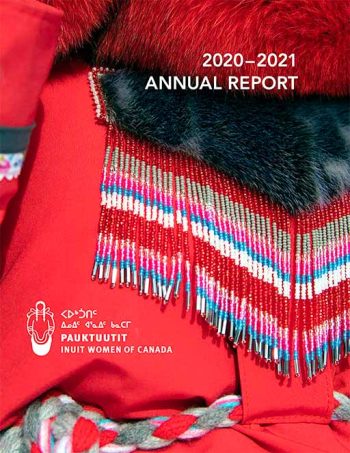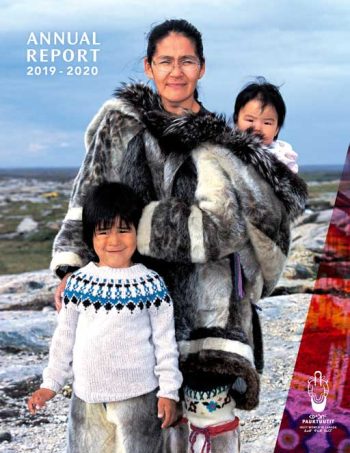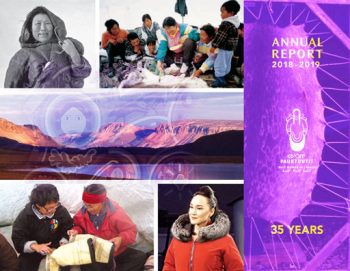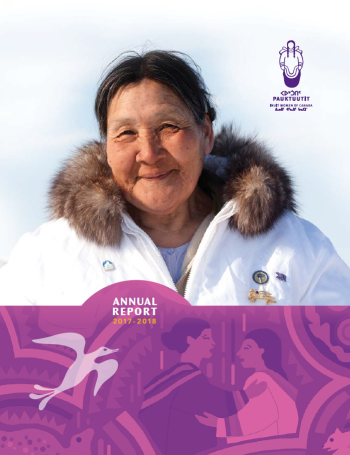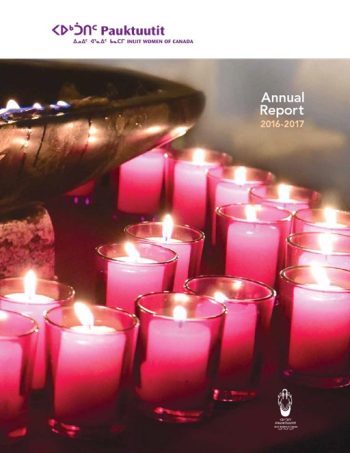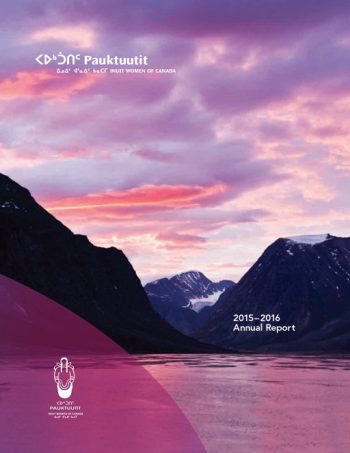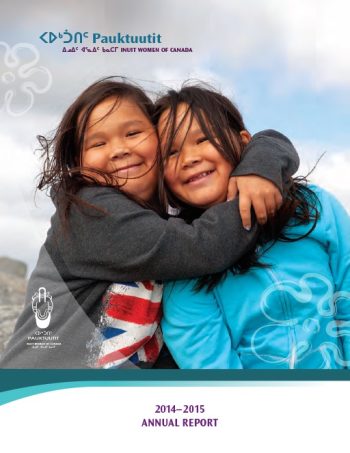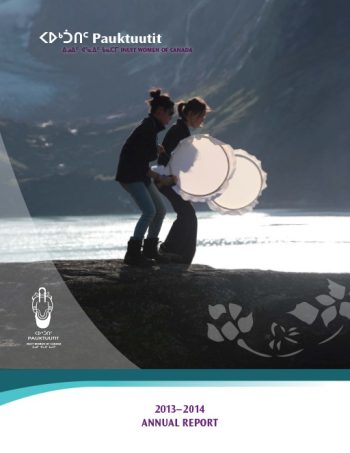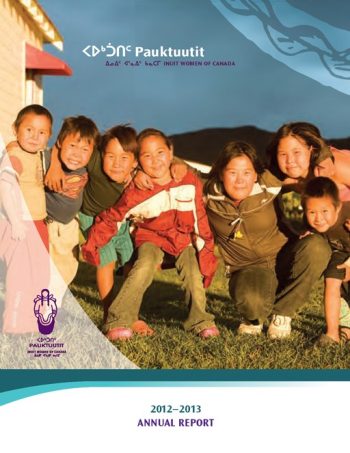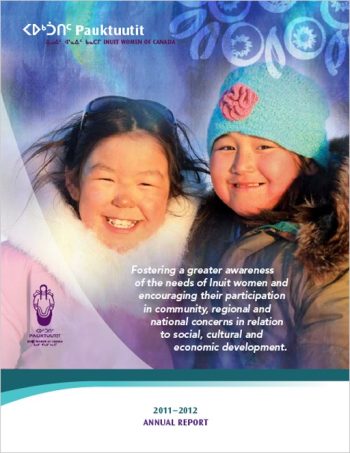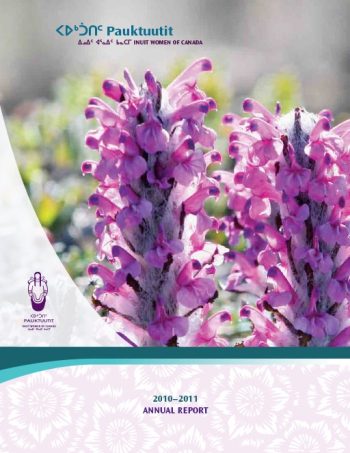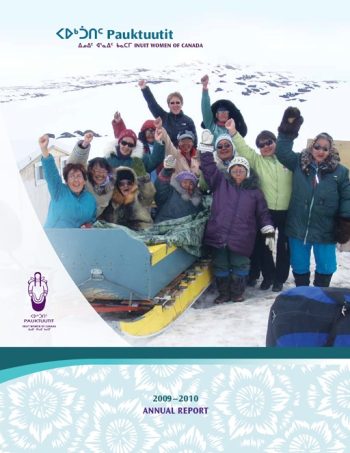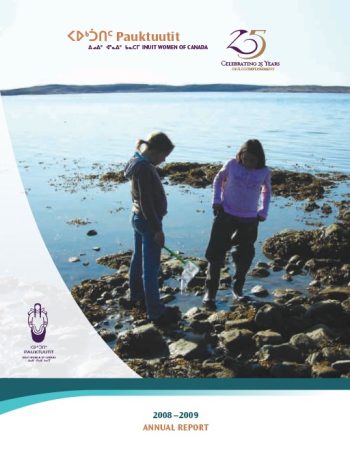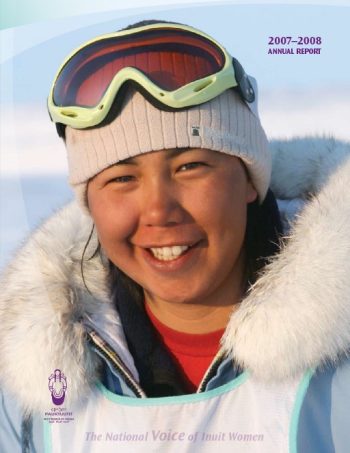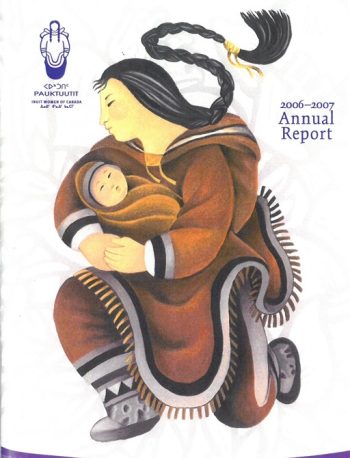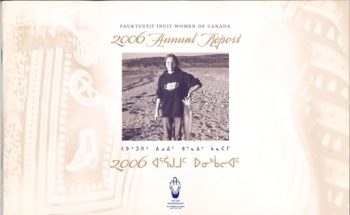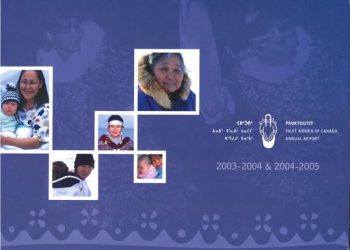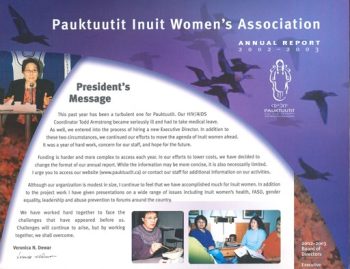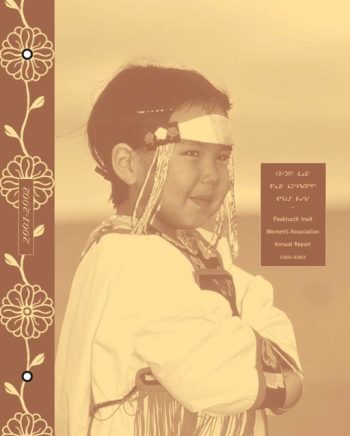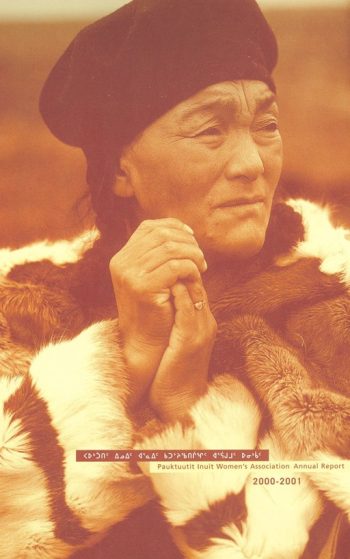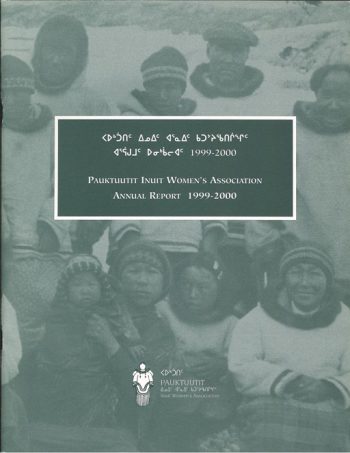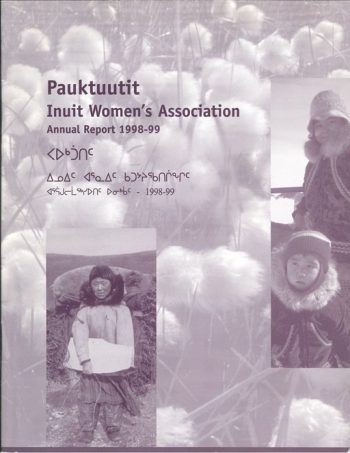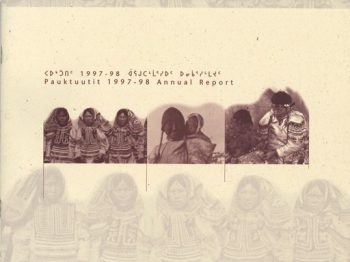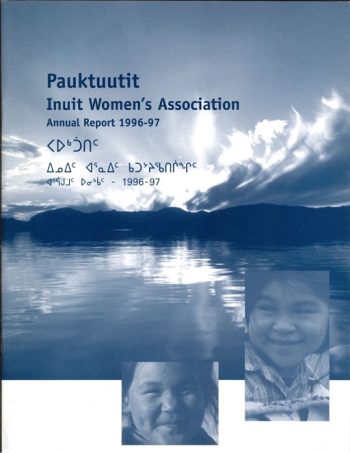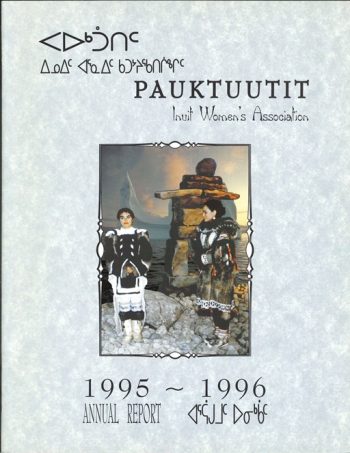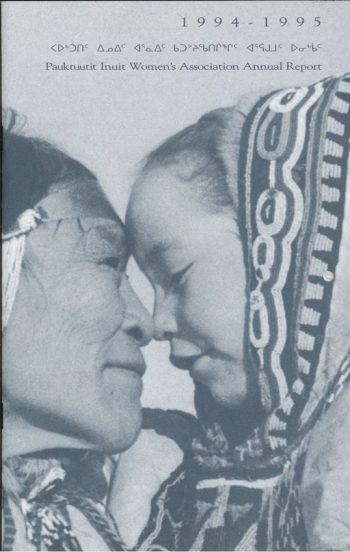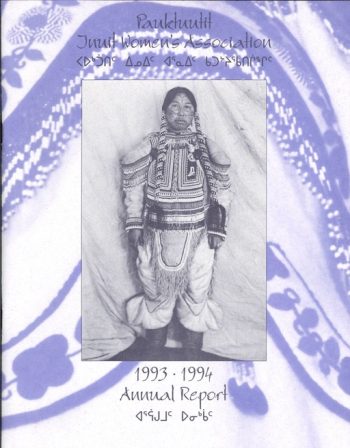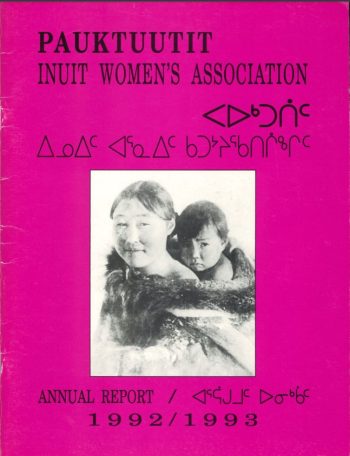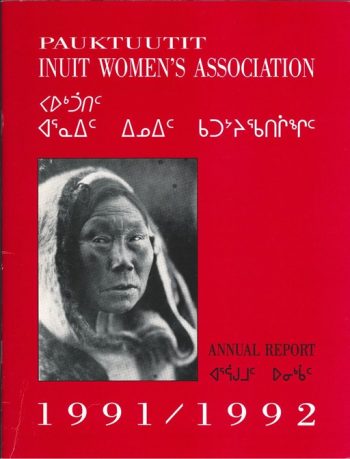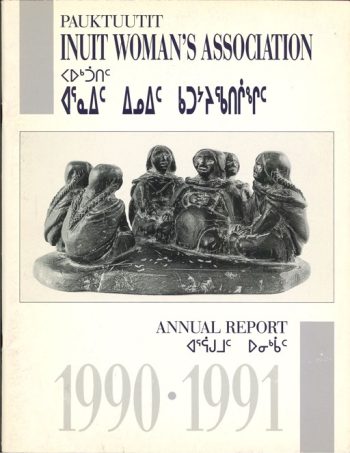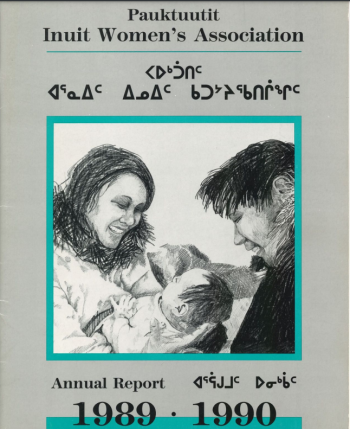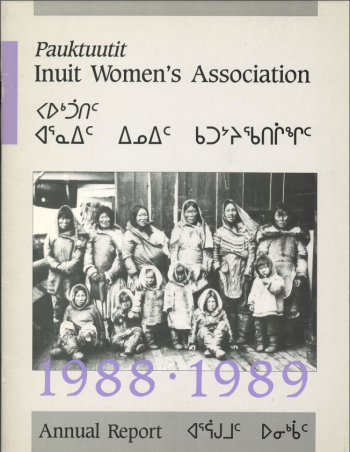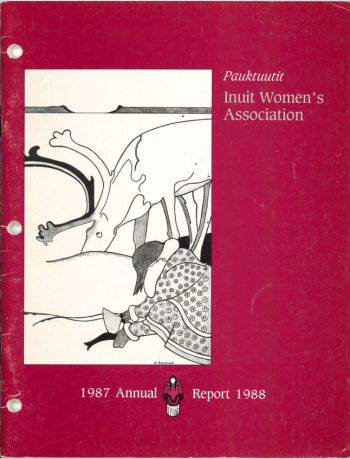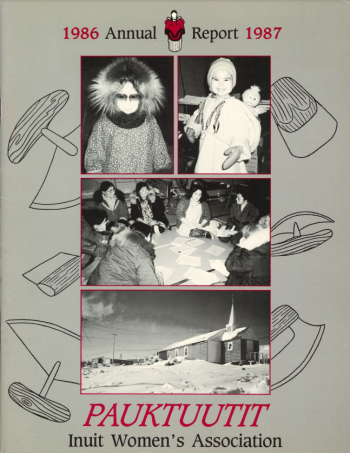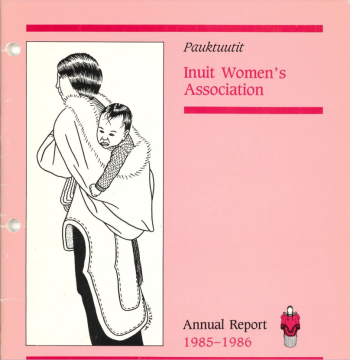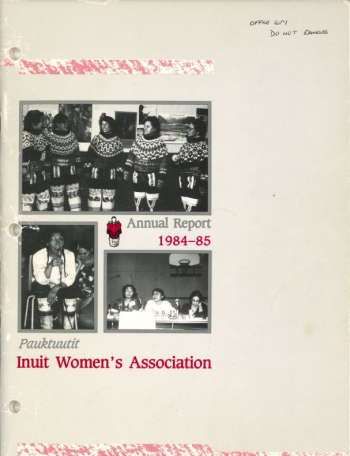Publications
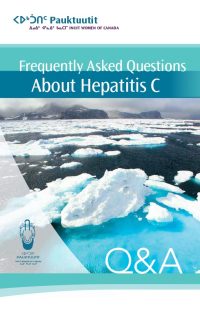
Frequently Asked Questions About Hepatitis C
This resource was adapted from a resource created by the Attendance for Hepatitis C Care Project. It would not have been possible without the valuable contributions from individuals affected by hepatitis C, service providers and representatives from First Nations, Métis and Inuit organizations across Canada.
https://pauktuutit.ca/wp-content/uploads/Pauktuutit-HepC_QandA_English-WEB.pdf
Year Published 2013
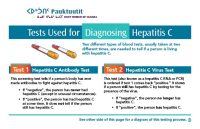
Tests Used for Diagnosing Hepatitis C
Each year Pauktuutit participates in National Aboriginal Hepatitis C Awareness Month, which runs for the month of May. Pauktuutit works with partners and communities to hold Inuit-specific hepatitis C awareness activities in the regions and communities during the month.
https://pauktuutit.ca/wp-content/uploads/Pauktuutit-HepC_TestAndDiagnosing_English_WEB.pdf
Year Published 2013
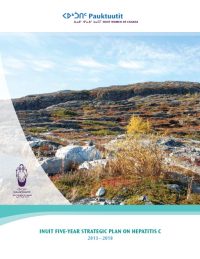
Inuit Five-Year Strategic Plan on Hepatitis C – 2013-2018
The development of this strategic plan was guided primarily by the results of focus group sessions conducted by Pauktuutit and by the outcomes of the Hepatitis C National Inuit Strategic Planning Session held in Kuujjuaq, Nunavik, on January 20-21, 2013. This event was organized by Pauktuutit and the Canadian Inuit HIV/AIDS Network (CIHAN), which functions as a consultative group to Pauktuutit on matters pertaining to HIV/AIDS and hepatitis C prevention, care, and treatment. The strategic planning session was made possible with financial support from the Public Health Agency of Canada (PHAC).
https://pauktuutit.ca/wp-content/uploads/Pauktuutit-5-yearPlan-HepC-English.pdf
Year Published 2013
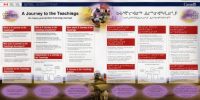
A Journey to the Teachings Poster
Unintentional injuries are a major source of morbidity and mortality among Canadian Inuit. Along with suicides, injuries are the main contributor to disparities in mortality rates between Inuit young adults and those in the rest of Canada. There is a huge economic impact that comes with the high incidence of unintentional injuries in the North. Inuit, however, face particular challenges and there is a need to address the unique geographic, cultural, and linguistic characteristics of Inuit.
https://pauktuutit.ca/wp-content/uploads/JTT_Poster.pdf
Year Published 2010

A Community Story: A Workshop Model
Pauktuutit Inuit Women of Canada in partnership with BluePrintForLife and the community of Kugaaruk, Nunavut, delivered a five-day intensive workshop that focused on Inuit adult survivors of Residential Schools and the intergenerational impacts of Residential Schools. The parallel streams of workshops were for adults and elders, ran by Pauktuutit, and for youth ages 14-21, run by BluePrintForLife. Both groups met together for the last two days.
Pauktuutit conducted a workshop that focused on adult survivors of Residential Schools and issues related to child sexual abuse. Eight adult survivors from Kugaaruk shared their experiences during the workshop.
https://pauktuutit.ca/wp-content/uploads/Pauktuutit_CommunityStory_English_WEB.pdf
Year Published 2013
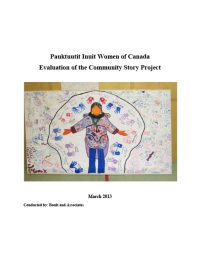
A Community Story – Evaluation
Pauktuutit Inuit Women of Canada in partnership with BluePrintForLife and the community of Kugaaruk, Nunavut, delivered a five-day intensive workshop that focused on Inuit adult survivors of Residential Schools and the intergenerational impacts of Residential Schools. The parallel streams of workshops were for adults and elders, ran by Pauktuutit, and for youth ages 14-21, run by BluePrintForLife. Both groups met together for the last two days.
Pauktuutit conducted a workshop that focused on adult survivors of Residential Schools and issues related to child sexual abuse. Eight adult survivors from Kugaaruk shared their experiences during the workshop.
https://pauktuutit.ca/wp-content/uploads/Community-Story-Evaluation-Report_EN.pdf
Year Published 2013
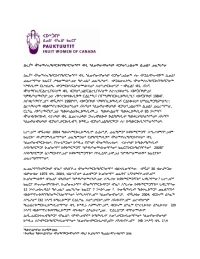
Violence Prevention Campaign for Inuit Children – Fact Sheet
Family violence and abuse are serious, ongoing issues that afflict every Inuit community in Canada at rates much higher than those in the south. Children are one of the most vulnerable groups impacted by violence and abuse or become victims. Data collected by the Qanuippitali Inuit Health Survey in Nunavut (2012), indicate that:
- 31% of respondents experienced severe physical abuse as children; and
- 52% of women and 22% of men reported having experienced severe sexual abuse during childhood.
https://pauktuutit.ca/wp-content/uploads/Nunavut-Im-Happy-Bc-Im-Safe-Fact-Sheet.pdf
Year Published 2013
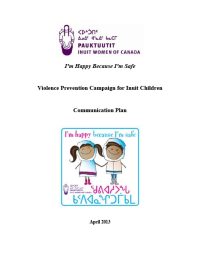
Violence Prevention Campaign for Inuit Children – Communication Plan
Family violence and abuse are serious, ongoing issues that afflict every Inuit community in Canada at rates much higher than those in the south. Children are one of the most vulnerable groups impacted by violence and abuse or become victims. Data collected by the Qanuippitali Inuit Health Survey in Nunavut (2012), indicate that:
- 31% of respondents experienced severe physical abuse as children; and
- 52% of women and 22% of men reported having experienced severe sexual abuse during childhood.
https://pauktuutit.ca/wp-content/uploads/English-Im-Happy-Bc-Im-Safe-Communication-Plan-.pdf
Year Published 2013
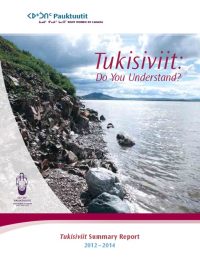
Summary Report 2012-2014
Tukisiviit: Do You Understand? is intended to provide Inuit patients and caregivers, as well as health care professionals, plain language information in English and five major dialects of Inuktitut.
https://pauktuutit.ca/wp-content/uploads/Tukisiviit-Summary-Report_English_WEB.pdf
Year Published 2012
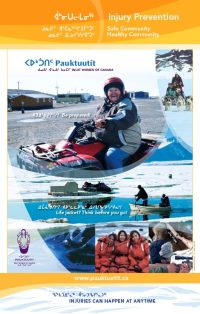
Injury Prevention Poster 2
Unintentional injuries are a major source of morbidity and mortality among Canadian Inuit. Along with suicides, injuries are the main contributor to disparities in mortality rates between Inuit young adults and those in the rest of Canada. There is a huge economic impact that comes with the high incidence of unintentional injuries in the North. Inuit, however, face particular challenges and there is a need to address the unique geographic, cultural, and linguistic characteristics of Inuit.
https://pauktuutit.ca/wp-content/uploads/26-Injury-Prevention-Poster-2_Nunavik.pdf
Year Published 2012
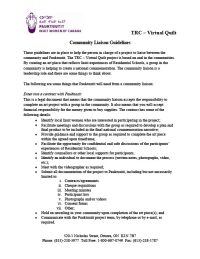
TRC – Virtual Quilt – Community Liaison Guidelines
The ‘virtual quilt’ is designed to give voice and expression to Inuit women’s unique experiences and lasting impacts of Residential Schools as a national Residential Schools commemoration initiative. This project was recommended by the Truth and Reconciliation Commission (TRC) and is funded by Aboriginal Affairs and Northern Development Canada. The project, entitled “TRC – Virtual Quilt” is a project for communities that are interested in producing an art piece that reflects the Inuit experience of Residential Schools. The final outcomes of this project are intended to document and preserve the legacy of these experiences and to help begin a dialogue of reconciliation and healing with all Canadians.
https://pauktuutit.ca/wp-content/uploads/TRC-Virtual-Quilt_Community-Liaison-Guidelines-English.pdf
Year Published 2012

TRC – Virtual Quilt Flyer
The ‘virtual quilt’ is designed to give voice and expression to Inuit women’s unique experiences and lasting impacts of Residential Schools as a national Residential Schools commemoration initiative. This project was recommended by the Truth and Reconciliation Commission (TRC) and is funded by Aboriginal Affairs and Northern Development Canada. The project, entitled “TRC – Virtual Quilt” is a project for communities that are interested in producing an art piece that reflects the Inuit experience of Residential Schools. The final outcomes of this project are intended to document and preserve the legacy of these experiences and to help begin a dialogue of reconciliation and healing with all Canadians.
ttps://pauktuutit.ca/wp-content/uploads/05a-TRC-Virtual-Quilt-Flyer_EN.pdf
Year Published 2012
